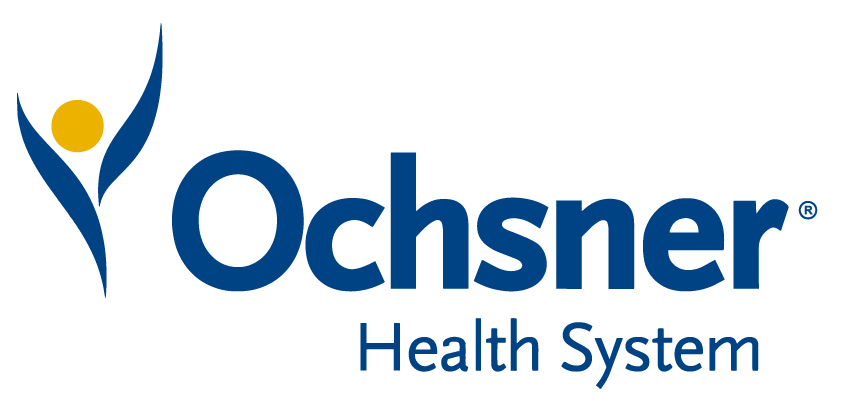

When surgical operations span 13 hospitals, fragmentation shows up everywhere—misaligned metrics, disconnected scheduling, and case volumes that don’t match capacity. At MultiCare Health System, perioperative leaders didn’t just fix these issues locally, they built a playbook to solve them system-wide.
In this session, learn how MultiCare created operational alignment that delivered measurable results, including a 25% increase in staffed room utilization and 3,200 additional cases completed in one year, all without adding new ORs.
You’ll hear how they:
Walk away with practical strategies for turning alignment into impact and a clearer path to scalable OR performance.





Take the first step towards unlocking capacity, generating ROI, and increasing patient access.